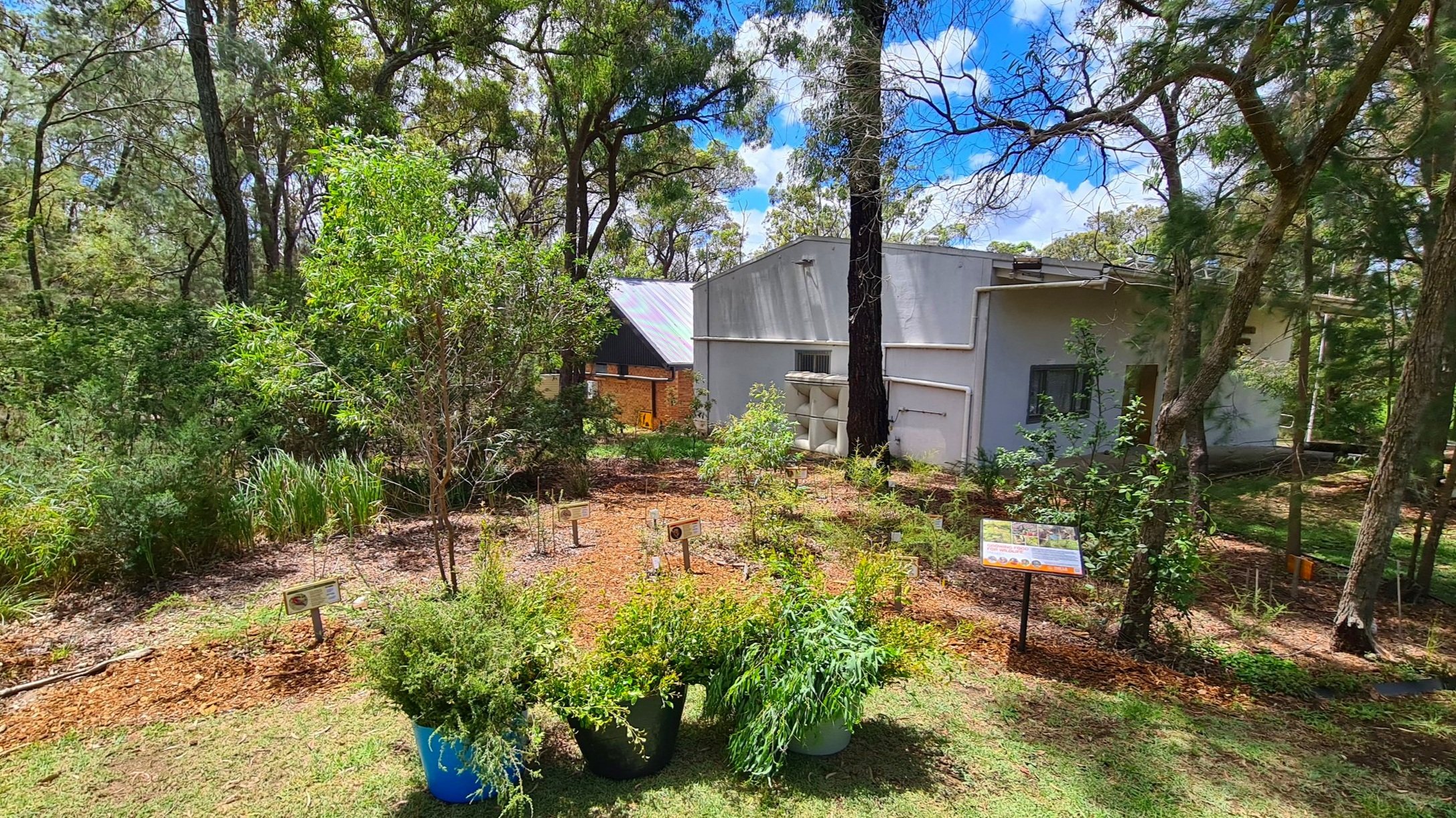

How it Started
The Need.
It all began when several Sydney based wildlife rehabilitators faced an influx of wildlife needing rescue and care. Sourcing food for these animals while in care is a challenge and many of these volunteers must spend hours each week trimming street trees for foliage and flowers. With ever increasing levels of compassion fatigue, something needed to be done.
The Connection.
The opportunity for experienced wildlife rehabilitators to reach out and educate community had diminished over intense rescue seasons. Thus a project that allows the wildlife rehabilitation community, bush care volunteers, citizen scientists and the general public to connect, develop and share a stronger knowledge base was needed. Growing Food for Wildlife.
The Land.
Putting all of the above together, Shaun Warden, a Sydney based wildlife rehabilitator, citizen scientist, educator and aspiring veterinarian reached out to local councils and land owners to source a space that might be suitable.
“We found a way to bring together many different communities to plant flora which can be used to help the wildlife rehabilitation community. All of this while we share knowledge and bring not only foliage and flowers for wildlife, but also a better understanding of fauna and flora for gardeners and land owners. But we needed a location..”
The Genesis.
Reaching out to a local councilor, Shaun was pointed in the direction of Jess Styan, environmental educator at the Annangrove Community Environment Centre. Jess and Shaun have worked closely to engage the public and help raise awareness of local flora and fauna, as well as bringing the wildlife rehabilitation community, public and the scientific community together across multiple organizations and disciplines.
The Reach.
Since this time, the project has continued to grow, with people from all over Sydney coming to attend the working bees at the flagship site. This collaboration of communities of all kinds has fruited lasting friendships that have produced flowers and foliage for fauna in care . Many wildlife rehabilitators have already reaped the benefits of collecting foliage and flowers at the flagship site and several members of the public have offered to deliver food for the wildlife undergoing rehabilitation.
The Model.
With the experience and knowledge of local bushland regeneration groups and wildlife rehabilitation groups, the passion of local community and dedication of local councils, this project connects all facets of community. From environmental awareness, social inclusion, and youth education to that of general gardening, appreciating and understanding the needs of local wildlife.
